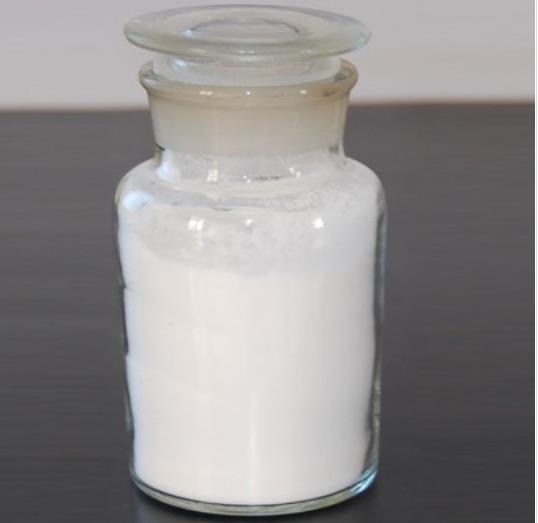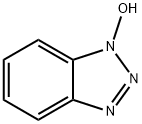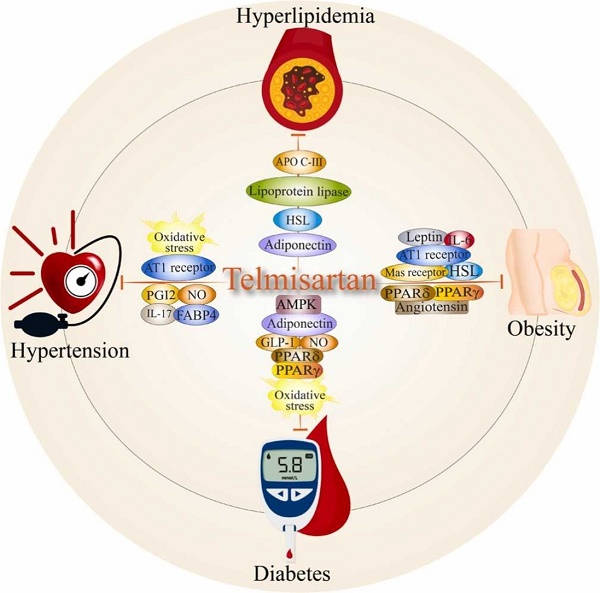1-Hydroxybenzotriazole: A Comprehensive Overview for Chemistry Professionals
Introduction
1-Hydroxybenzotriazole is a crucial reagent in the field of organic chemistry, particularly known for its role in peptide synthesis. This compound, with the chemical formula C6H5N3O, has gained significant attention due to its ability to enhance the efficiency and yield of peptide bond formation. This article will introduce its other applications, such as material field.

Figure 1 Characteristics of 1-Hydroxybenzotriazole
Properties
1-Hydroxybenzotriazole is known for its unique electronic structure, which facilitates its role as a coupling agent in peptide synthesis. The hydroxyl group attached to the benzotriazole ring increases the compound's reactivity, making it an effective catalyst in the formation of amide bonds. Additionally, 1-Hydroxybenzotriazole's ability to stabilize reactive intermediates during synthesis processes reduces the formation of side products, thus enhancing the overall yield and purity of the desired peptide.
Applications
Polymer-Supported Coupling Reagent1
Iuliana E. Pop et. al. described the synthesis of a new polymer-supported coupling reagent derived from 1-hydroxybenzotriazole. An aminomethylated polystyrene was functionalized by reaction with 3-nitro-4-chlorobenzenesulfonyl chloride (2) followed by treatement with hydrazine hydrate, to give the polymeric N-benzyl-1-hydroxybenzotriazole-6-sulfonamide (4).The polymeric reagent 4 was shown to be highly efficient for the synthesis of amides. The efficiency of 4 could be attributed to its high acidity, conferred by the sulfonyl moiety. The procedure for amide synthesis involves the formation of an activated ester on the derivatized polymer followed, in a second step, by treatment with an amine to generate the amide in solution. Simple filtration allows the separation of the product from the polymeric reagent which in this case plays the role of leaving group. An optimization study of this two-step procedure was performed. As amides are obtained in solution free of reaction byproducts, this method can be used in an automated procedure to recover them directly into a 96 well plate, ready to be used in high throughput screening assays. Thus 4 was shown to be particularly suitable for the high throughput parallel synthesis of amides libraries.
Degradation of Nonphenolic Lignin2
1-hydroxybenzotriazole (HOBT) can be oxidized to its nitroxide radical by laccase. The HOBT nitroxide has been shown to oxidize a variety of aromatic compounds, and probably acts as the proximal oxidant of lignin when HOBT is used with laccase. Although the nitroxide undergoes significant side reactions that prevent its use as a truly recyclable mediator, the laccase/HOBT system has given good results in pulp bleaching trials. It probably promotes delignification in part because, unlike laccase, the HOBT nitroxide is small enough to access occluded lignin in pulps.
Related research had been conducted by Ewald Srebotnik and Kenneth E. Hammel, the results showed that laccase/HOBT depolymerized nonphenolic lignin approximately as well as it did the phenolic polymer. One possible explanation is that the system attacks both types of polymer at the same initial rate, but this is unlikely because laccase/mediator systems cleave nonphenolic structures inefficiently, whereas typical turnover numbers for laccases with lignin-related phenols are high. Instead, the data probably indicate that the phenolic groups in lignin somewhat retard ligninolysis by laccase/HOBT, despite their high reactivity, because they can act as sites for transient polymerization of the lignin via phenoxy radical intermediates. These polymerization reactions will decrease the phenolic content of the lignin, in accord with the observations of Poppius-Levlin et al. (1999), but depolymerization will not be impeded because laccase/1-hydroxybenzotriazole system can cleave some of the nonphenolic structures.
References:
[1] IULIANA E. POP A L T Beno?t P Déprez. Versatile Acylation of N-Nucleophiles Using a New Polymer-Supported 1-Hydroxybenzotriazole Derivative[J]. Journal of Organic Chemistry, 1997, 62 8: 2308-2674. DOI:10.1021/jo961761g.[2] EWALD SREBOTNIK K E H. Degradation of nonphenolic lignin by the laccase/1-hydroxybenzotriazole system[J]. Journal of biotechnology, 2000, 81 2: 95-218. DOI:10.1016/S0168-1656(00)00303-5.
You may like
See also
Lastest Price from 1-Hydroxybenzotriazole manufacturers
![2592-95-2 1H-Benzo[d][1,2,3]triazol-1-ol](/ProductImageEN2/2025-11/Small/55e53859-0991-4d81-8748-ba299b736c1f.gif)
US $0.00/kg2025-11-25
- CAS:
- 2592-95-2
- Min. Order:
- 1kg
- Purity:
- 98%
- Supply Ability:
- Customise

US $0.00-0.00/Kg/Drum2025-04-21
- CAS:
- 2592-95-2
- Min. Order:
- 1KG
- Purity:
- 99%min HPLC
- Supply Ability:
- 5 Tons


